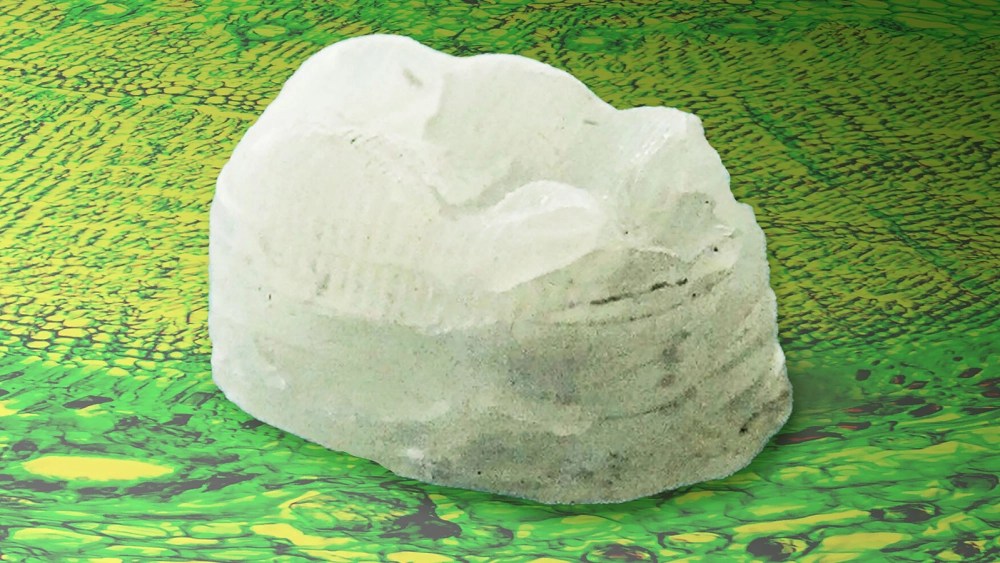Nanoparticles May Create Entirely New Engineering Materials

What’s the Latest Development?
Using computer simulations, University of Michigan researchers are experimenting with differently shaped nanoparticles in an attempt to determine how they naturally form patterns and possibly create entirely new materials. “Some of the shapes assembled into regular crystals—lattices in which each particle has a fixed position and orientation—and some formed plastic crystals or liquid crystals. In a plastic crystal, each particle has a fixed position within the lattice but can rotate; a liquid crystal, on the other hand, contains particles with correlated orientations but fungible positions.”
What’s the Big Idea?
The team is exploring 145 distinct polyhedral shapes, which are three-dimensional structures formed by a series of planar faces. Sharon Glotzer, a Michigan professor of chemical engineering, materials science and physics, said the goal of the project is to design entirely new materials. “We want new stuff, better stuff,” she said. The new materials could be used in nano-sized engineering projects to create super-strong, super-efficient materials at a microscopic level. Glotzer concluded by saying: “This is sort of a holy grail of materials research, to just look at a building block and be able to say, ‘Oh yes, I know all of the kinds of crystal structure that would be stable with this.”
Photo credit: Shutterstock.com




